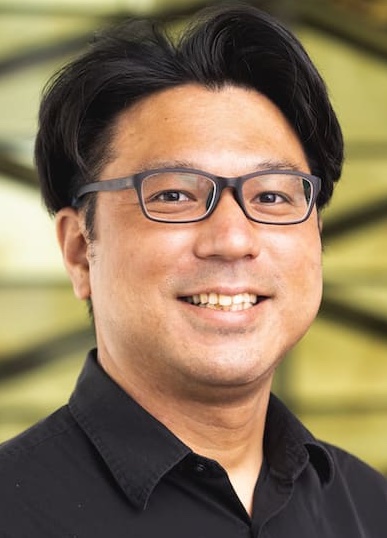-
Solutions and new challenges in the accurate long read era
Yoshinori Fukasawa
King Abdullah University of Science and Technology,
Saudi Arabia 

Dr. Yoshinori Fukasawa is a team lead of the bioinformatics team at King Abdullah University of Science and Technology (KAUST), Saudi Arabia. His team is proactively contributing to a wide range of areas, from lab projects to national important projects including the first human genome sequencing project in the university, the first SARS-COV2 genome sequencing in the nation, and many others. As a team leader, he drives method/software development, collaboration with other groups, training for students and postdocs, and professional development of other staff members. Prior to joining KAUST, he earned an undergraduate degree in plant science from Tohoku University followed by a doctorate in bioinformatics from the University of Tokyo, Japan. During this time, he mainly contributed to research projects in mitochondrial biology, and one of the software tools developed (MitoFates) is widely used by researchers across counties and was later selected as one of the official protein annotation tools by UniProt. He has received postdoctoral training at the AI research center in Japan, where his research focus was protein structure prediction. He was also awarded as a member of the team FONT in CASP12 for the best performance in the assembly section while he conducted postdoc training.